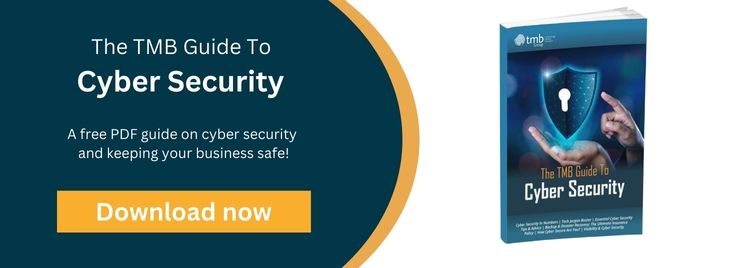Cyber Risk Management For Remote Teams – How To Reduce Your Vulnerability To Attack
- Alexa Davis
- September 16, 2020
- 02:55 PM
- No Comments
Lockdowns in many countries affected by COVID-19 have been eased recently, leading to some employees returning to offices. However, the pandemic is far from over, so lots of businesses are opting to use virtual, semi-remote offices for the next year at least.
To manage the cybersecurity risks inherent in these virtual workplaces, businesses must grasp the nature of these risks and update their processes accordingly. Failure to do this could mean that the existing, fairly positive results from the abrupt shift to homeworking are short-lived.
Remote Working – A Payday For Cybercriminals?
The opportunities for security breaches in virtual offices are plentiful. New digital products and technologies that have not been tested sufficiently - and that have been introduced quickly to fulfill the needs of businesses during the crisis - present a tempting target for hackers. Examples of such technologies are Paycheck Protection Program apps (used in America) and customer support chatbots. Moreover, fraudsters can obtain personal data about customers by intercepting calls to customer support staff, who are using mobile phones at home - rather than secure call centre equipment. In light of these diverse threats, online security teams should control how staff members communicate with and access data on company networks.
How To Strengthen Your Cybersecurity Infrastructure
It is important to consider measures to strengthen your security infrastructure and update your technology, even though some measures might take a long time to introduce. Popular updates include embracing sophisticated analytics and automation, to ensure that security processes work better. Due to the expenses involved with managing exploding volumes of data, businesses need to be more disciplined in this regard as well. Duplicate security and monitoring tools should be rationalised, and cybersecurity personnel should focus on the areas most at risk. Some businesses might wish to migrate to the cloud quicker, so their IT resources are not overwhelmed by spikes in demand from remote work on a large scale.
Choosing The Best Access And Security Tools
Evaluate new tools for security and the processes through which data is shared with vendors. For instance, businesses might have to use more access limitations, data loss prevention measures and traffic analysis software. If any vendors are unprepared for the greater risk of cyberattacks at the moment, make sure they agree to develop policies for handling data safely and engaging with your business network.
Monitoring The Situation
Lastly, formulate procedures to gauge the impact of your new security efforts, as each policy is introduced. You need to do this regularly, to keep abreast of the cybersecurity threats your business faces – which are always evolving. The majority of operational shifts that businesses have made, due to coronavirus, will outlive the current emergency. For this reason, businesses should use what they have learned from the pandemic to devise and implement new operating models that capitalise on the advantages of working remotely.
Remote Working Solutions From TMB
Along with a variety of cyber security options, the TMB Group offers outstanding security hardware for businesses, including secure data storage and firewalls. Visit our website to find out more.
Image source: Canva



